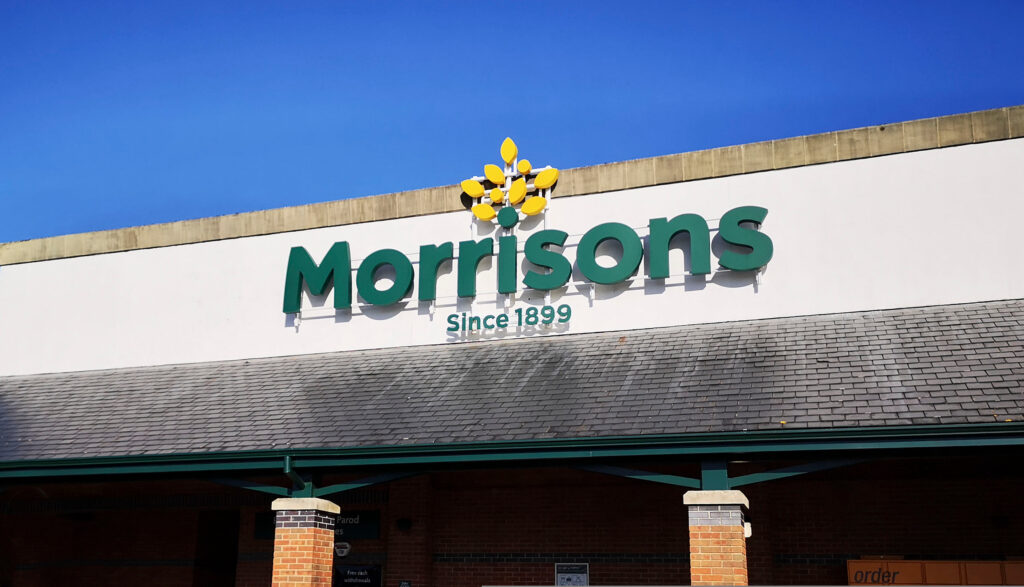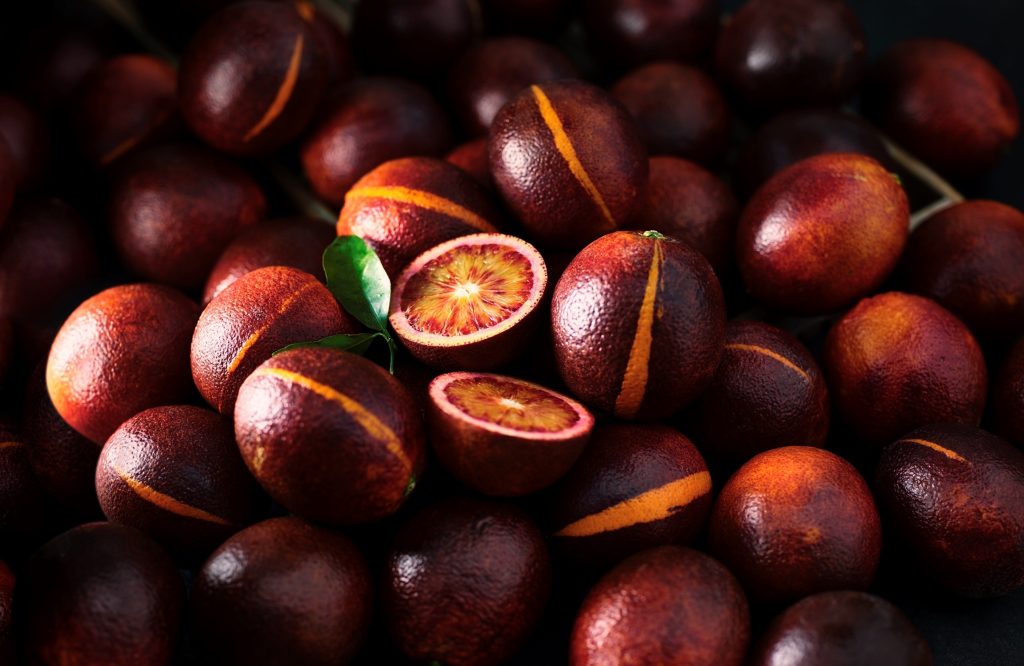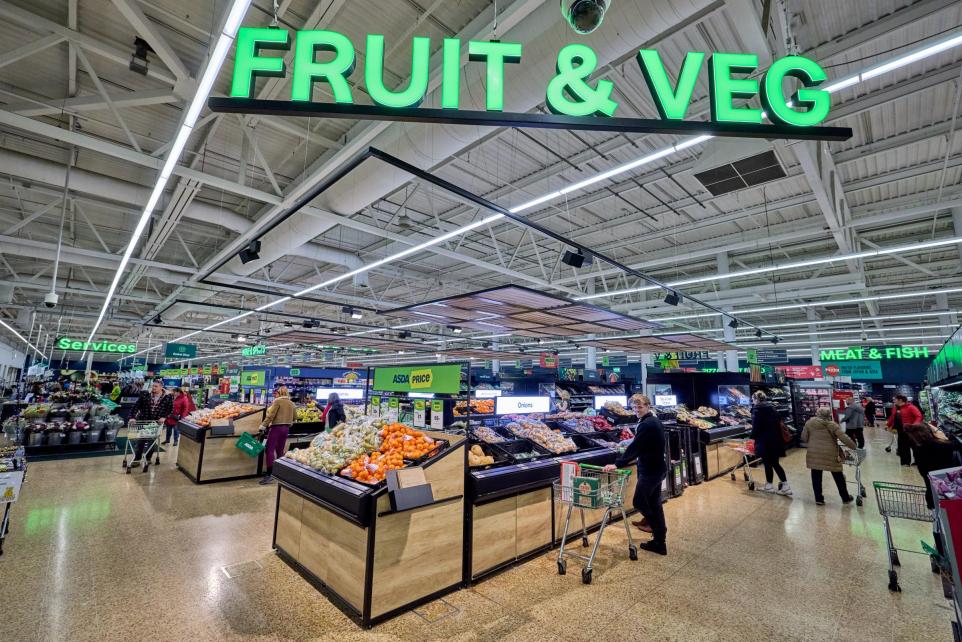Among the top four grocery retailers in the UK only Tesco saw its market share fall in the three months to the end of last month, it was announced today.
Research firm Kantar Worldpanel revealed that Britain‘s biggest retailer saw its share slip from 30.7 per cent to 30.5 per cent year-on-year in the 12 weeks ending November 27th 2011, and its total sales growth was also behind all of its main rivals.
While Asda saw total till roll sales rise 5.3 per cent and Sainsbury‘s and Morrisons reported growth of 4.2 per cent and 4.8 per cent, Tesco sales increased just 3.8 per cent but with more customers heading into its stores it was not all bad news for the sector giant.
Edward Garner, Director at Kantar Worldpanel, explained: “This may at first seem disappointing for Tesco given the ‘Big Price Drop‘ initiative; however, it is not wholly unexpected. With more products available for less, the amount of cash taken at the tills has understandably dropped.
“Despite this, Tesco has successfully attracted more shoppers to its stores through the promotion. This strategy, coined ‘self imposed deflation‘ by Tesco, is something we have seen in the past and it‘s clear that Tesco is using this method again to help shoppers save their pennies.”
In terms of market share Asda, including its acquired Netto stores, now represents 17.2 per cent of the market, Sainsbury‘s has remained stagnant at 16.4 per cent while Morrisons increased its share to 12.1 per cent.
Discount grocers again proved popular with consumers, with Aldi, Iceland and Lidl reporting a 15.4 per cent, 11 per cent and nine per cent rise in sales respectively over the period, and Waitrose reported a nine per cent jump in sales.
Edward added: “Aldi and Lidl continue to enjoy strong growth helped by some discount shoppers migrating from Netto. However, this growth is below the record levels seen earlier this year and the total hard discount sector has slipped back to 6.0 per cent from 6.2 per cent a year ago.
“Waitrose seems to be immune from economic gloom with prospects of a record Christmas likely, as a result of its traditional seasonal uplift.”























